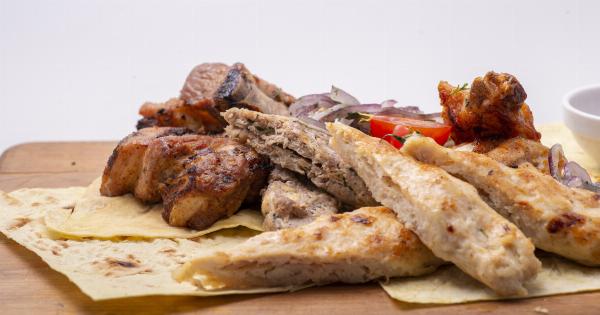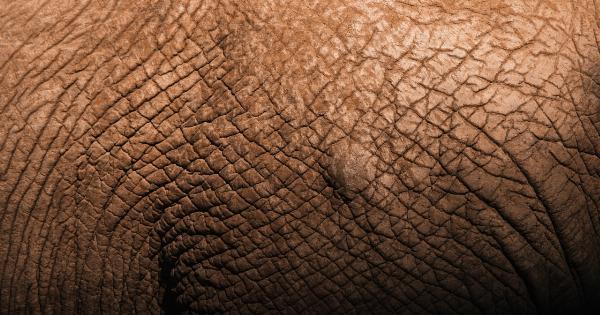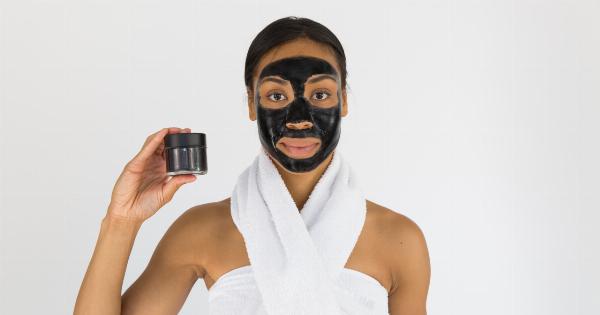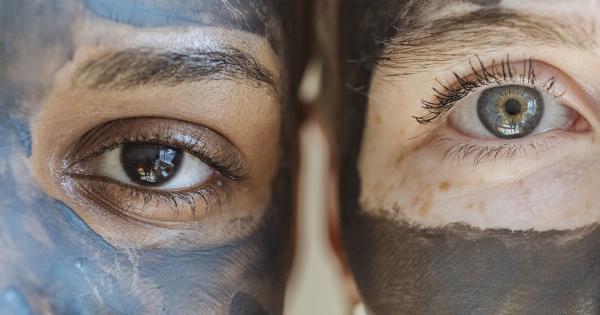When it comes to skin rejuvenation, there are countless treatments and products available in the market. From chemical peels to laser resurfacing, each option promises to rejuvenate your skin and give you a youthful appearance.
However, one of the most promising breakthroughs in recent years is the use of fibroblasts for skin rejuvenation. In this article, we will explore what fibroblasts are and how they can help in achieving the ultimate skin rejuvenation.
What are Fibroblasts?
Fibroblasts are the primary cells found in the connective tissue of our body, including the skin. Their main function is to produce collagen, elastin, and other proteins that provide structure and elasticity to the skin.
These proteins are responsible for giving our skin a plump, smooth, and youthful appearance. As we age, the production of these proteins slows down, leading to the formation of wrinkles, sagging skin, and other signs of aging.
The Role of Fibroblasts in Skin Rejuvenation
Due to their ability to produce collagen and elastin, fibroblasts play a crucial role in skin rejuvenation.
When applied to the skin, fibroblasts can stimulate the production of these proteins, thereby enhancing skin elasticity and reducing the appearance of wrinkles. Additionally, fibroblasts can help in improving skin texture, reducing acne scars, and promoting overall skin health.
How are Fibroblasts Used for Skin Rejuvenation?
There are various methods of utilizing fibroblasts for skin rejuvenation. One popular approach is using autologous fibroblast transplantation.
In this procedure, fibroblasts are derived from the patient’s own skin and then reintroduced into the target area. This technique ensures that there is no risk of rejection or allergic reactions, as the fibroblasts are obtained from the patient’s own body.
Another method is using fibroblast-conditioned media (FCM), which is a solution containing growth factors and signaling molecules produced by fibroblasts.
When applied topically or injected into the skin, FCM can stimulate collagen synthesis and improve skin texture. This non-invasive approach is particularly beneficial for individuals who prefer non-surgical treatments.
The Benefits of Fibroblast-Based Skin Rejuvenation
Fibroblast-based skin rejuvenation offers several advantages over traditional methods. Here are some key benefits:.
1. Natural Approach
By harnessing the power of the body’s own cells, fibroblast-based treatments provide a natural approach to skin rejuvenation.
Unlike chemical peels or laser treatments, which rely on external factors to stimulate collagen production, fibroblast-based treatments work by enhancing the body’s natural capabilities.
2. Long-lasting Results
Fibroblast-based treatments can deliver long-lasting results. As the production of collagen and elastin is stimulated, the improvements in skin texture, elasticity, and appearance can be observed for an extended period.
This is in contrast to some other treatments that may require frequent touch-ups or maintenance sessions.
3. Minimal Downtime
Compared to invasive procedures like facelifts or laser resurfacing, fibroblast-based treatments generally involve minimal downtime. The recovery period is usually short, allowing individuals to resume their daily activities with minimal interruption.
4. Versatile Treatment
Fibroblast-based treatments can address a wide range of skin concerns, including wrinkles, fine lines, sagging skin, acne scars, and uneven skin texture. This versatility makes it a suitable option for individuals with diverse skin rejuvenation needs.
5. Non-allergenic
As autologous fibroblasts are derived from the patient’s own body, there is no risk of allergic reactions or rejection.
This makes fibroblast-based treatments suitable for individuals with sensitive skin or those who have had adverse reactions to other treatments in the past.
Choosing the Right Fibroblast-Based Treatment
If you are considering fibroblast-based skin rejuvenation, it is important to consult with a qualified dermatologist or skincare professional.
They will assess your skin condition, discuss your goals, and recommend the most suitable treatment option for you. Whether it’s autologous fibroblast transplantation or FCM-based therapies, they will ensure that you receive the ultimate skin rejuvenation experience.
Conclusion
The use of fibroblasts for skin rejuvenation has revolutionized the field of aesthetics.
By harnessing the body’s own cells, fibroblast-based treatments offer a natural and effective way to rejuvenate the skin, reduce the signs of aging, and achieve a youthful appearance. Whether you choose autologous fibroblast transplantation or fibroblast-conditioned media therapies, the ultimate result is skin that is plump, smooth, and glowing with vitality.






























